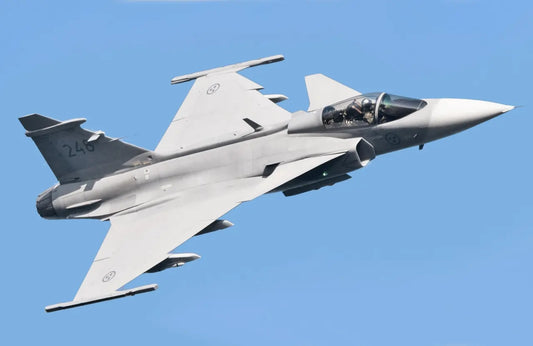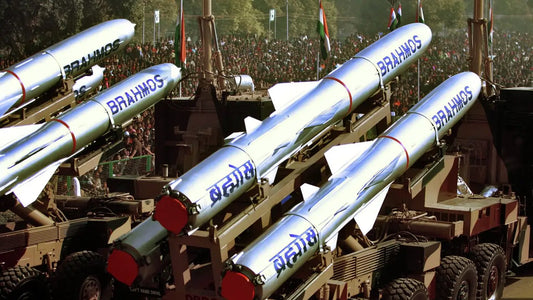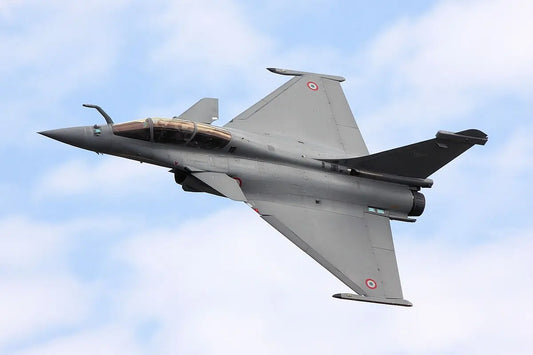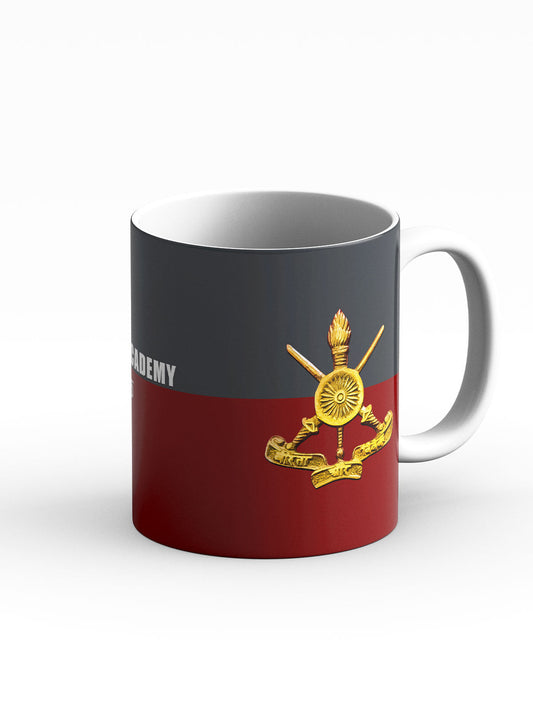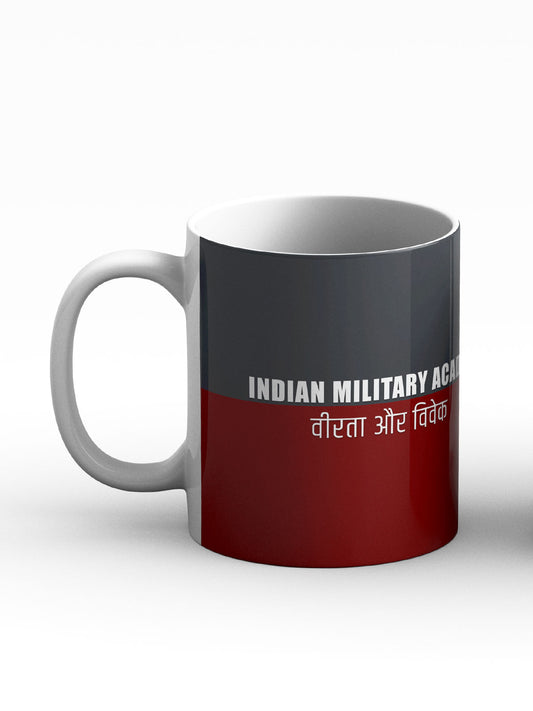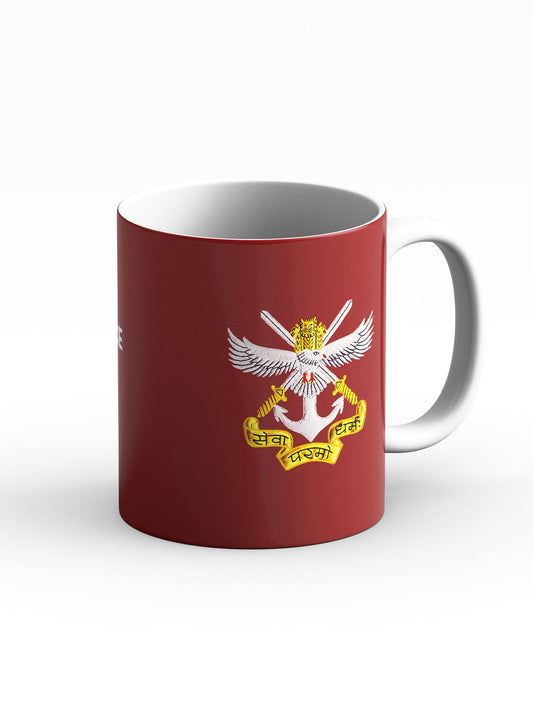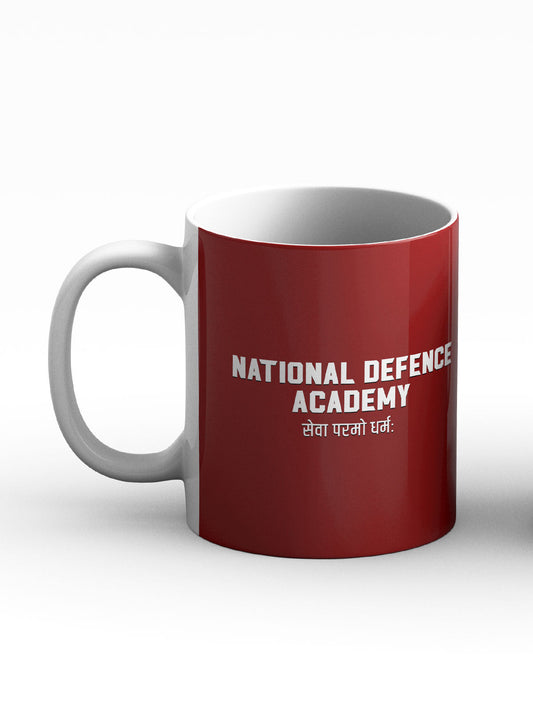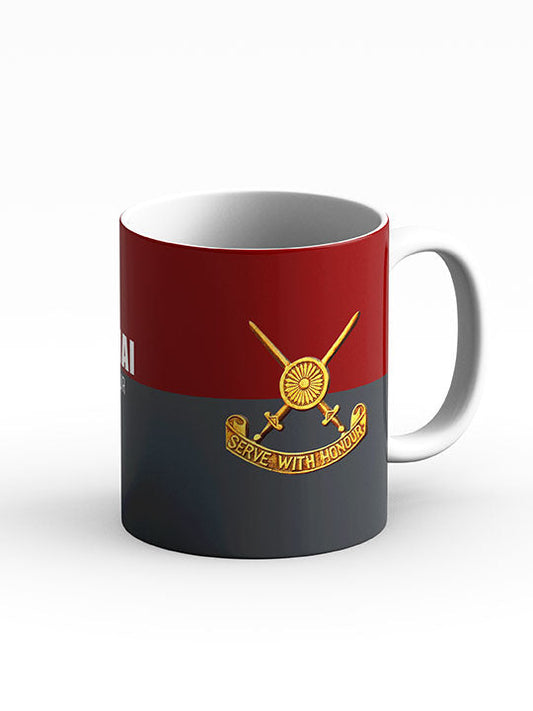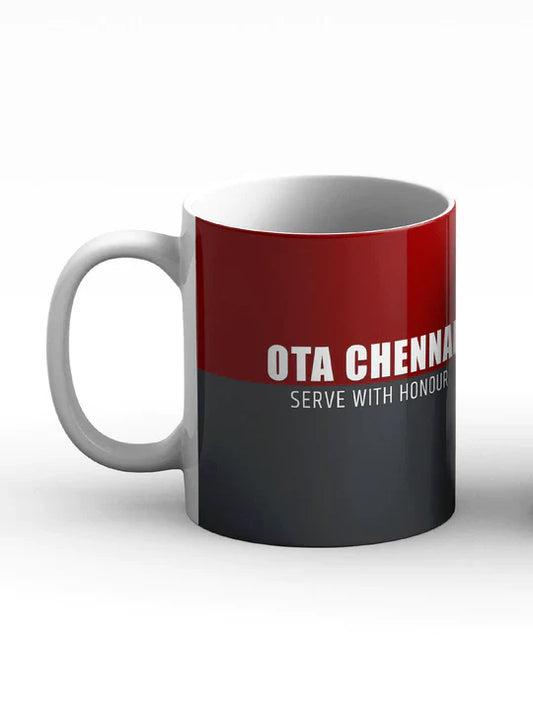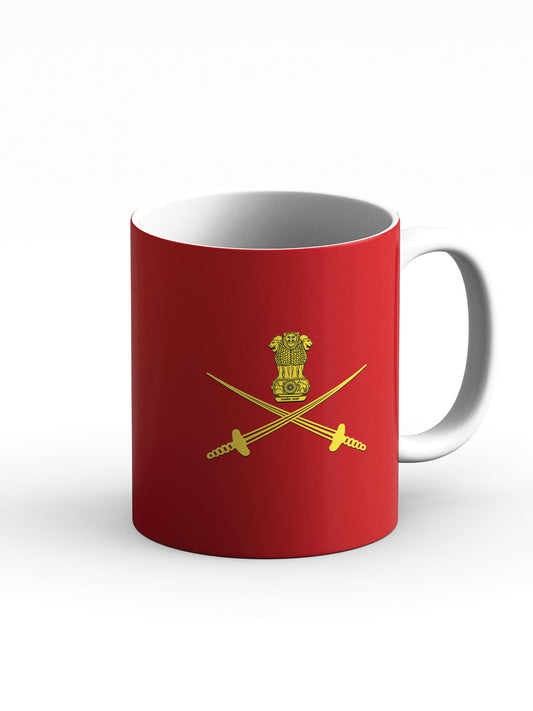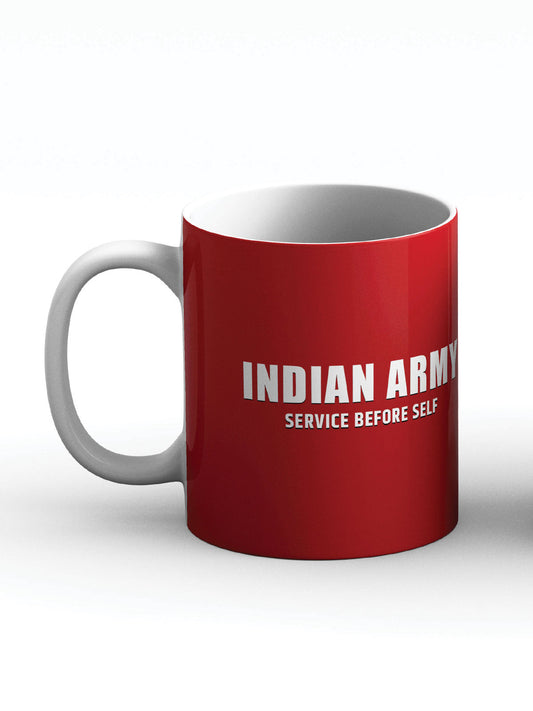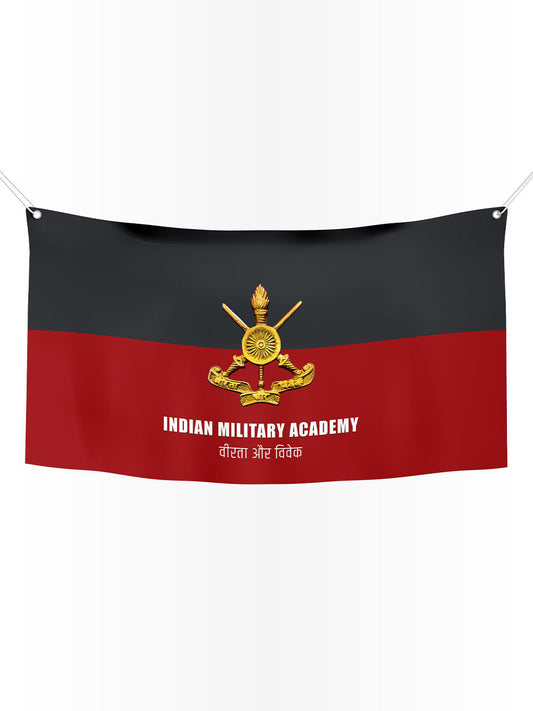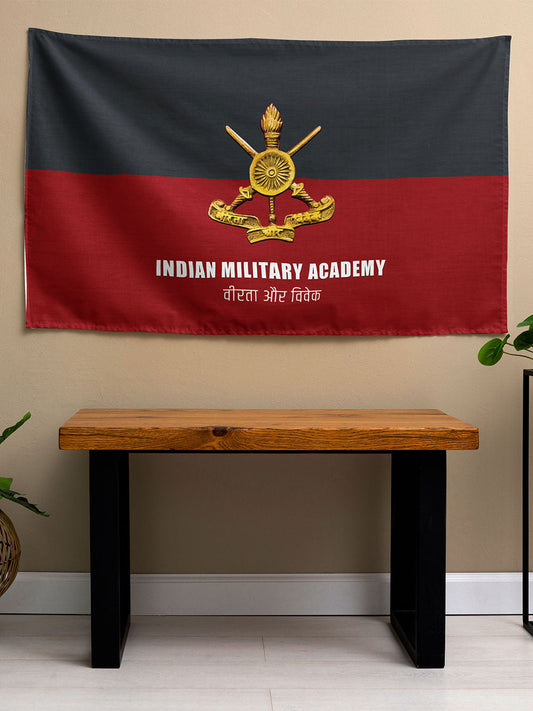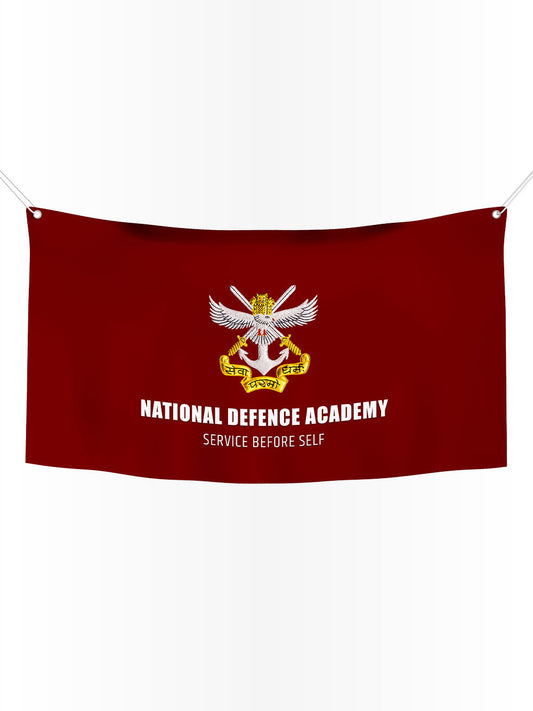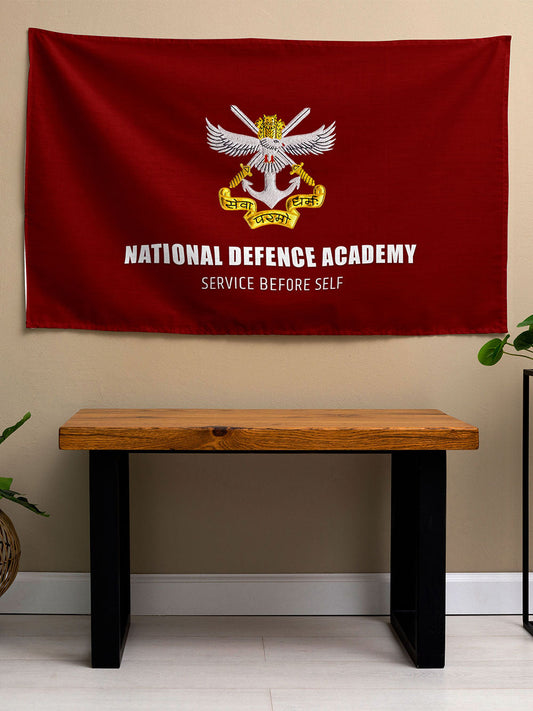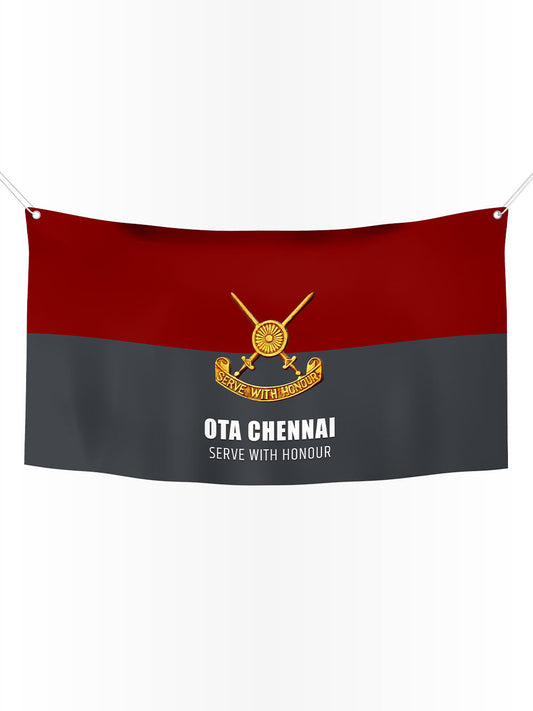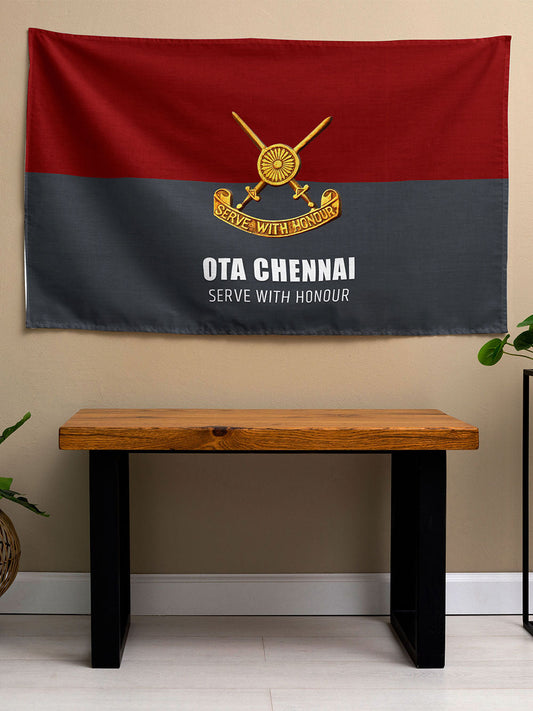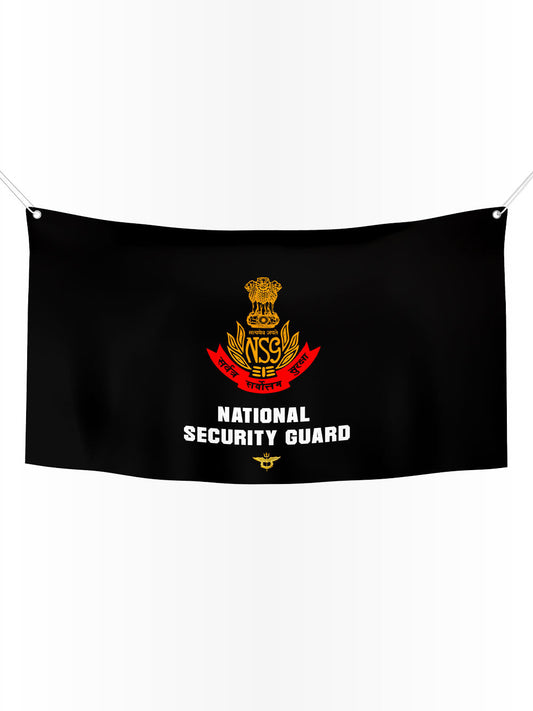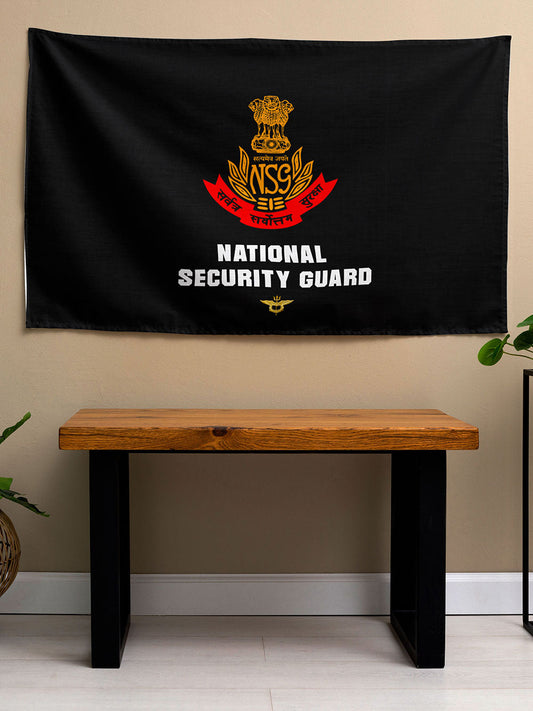Is SSB Interview Difficult? Here's What You Need to Know
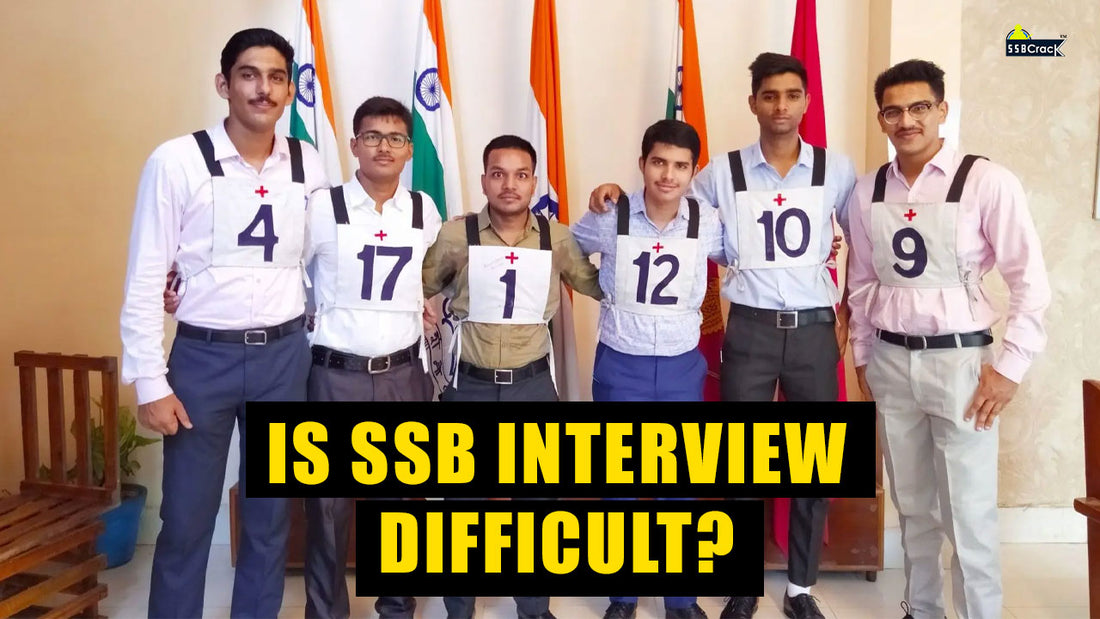
Every year, thousands of hopeful candidates aspiring to join the Indian Armed Forces eagerly undertake the Services Selection Board (SSB) interview process. Labeled as one of the most rigorous and challenging selection mechanisms in the country, the SSB interview is much more than just an assessment of a candidate's knowledge or academic prowess. With a success rate hovering between 2% and 10%, the SSB seeks to identify individuals with exceptional qualities that align with the ethos of military service. In this comprehensive exploration, we will delve into the intricacies of the SSB interview, investigating its structure, challenges, and effective preparation strategies while showcasing the psychological and personal attributes that can tip the scales in a candidate's favor.
Historical Context
The SSB was established in 1948 to screen candidates for various branches of the Indian Armed Forces. Initially, the selection process focused primarily on meritocratic assessments of knowledge and physical fitness. Over the years, however, the board recognized the need to evaluate potential recruits on more nuanced parameters such as personality traits, interpersonal skills, and overall adaptability to challenges. As a result, the SSB interview has evolved into a multifaceted process encompassing psychological testing, group activities, and personal interviews, all aimed at identifying individuals who possess the essential qualities of an officer.
Structure and Duration of SSB Interview
Duration and Phases The SSB interview spans five days and comprises two primary stages: Stage-I and Stage-II.
-
Stage-I: This phase serves as a preliminary evaluation and consists of:
- Officer Intelligence Rating (OIR) Test: This written examination assesses cognitive abilities through verbal and non-verbal reasoning.
- Picture Perception and Description Test (PPDT): Candidates are shown an ambiguous image and must narrate a story based on it, providing insights into their imagination and thought process.
-
Stage-II: This extensive phase evaluates candidates on multiple fronts:
- Psychological Tests: These include the Thematic Apperception Test (TAT), Word Association Test (WAT), and Situation Reaction Test (SRT). These tests gauge a candidate’s mental agility and emotional responses.
- Group Testing Objectives (GTO): Through activities such as group discussions, obstacle courses, and group planning exercises, candidates must demonstrate teamwork, leadership, and problem-solving capabilities.
- Personal Interview: Interviewers assess candidates on a personal level, delving into their experiences, motivations, and aspirations.
- Conference: At the end of the five days, insights from all evaluators culminate in a final decision on the candidate's suitability.
Difficulty Level
The SSB interview is notorious for its challenging nature, reflected in its strikingly low success rates. Here are some critical figures:
- Only 2-4% of applicants clear the initial stages, even if their academic qualifications are stellar.
- The overall success rate remains between 6% and 10%, emphasizing that a good score in written exams like Combined Defence Services (CDS), National Defence Academy (NDA), or Air Force Common Admission Test (AFCAT) is not a guaranteed ticket to success.
Why is the SSB Interview So Difficult?
The challenges faced at the SSB interview arise from how all-encompassing the evaluation process is. Unlike traditional examinations that primarily measure academic knowledge, the SSB focuses on the holistic development of a candidate, weighing various psychological, physical, and social parameters.
Evaluation Criteria and Officer-Like Qualities (OLQs)
A fundamental aspect of the SSB is its focus on Officer-Like Qualities (OLQs). These qualities include:
- Leadership Skills: How candidates interact within groups and exert influence.
- Decision-Making Abilities: Evaluated through situational tasks and personal interviews.
- Communication Skills: Both verbal and non-verbal communication play a crucial role in group activities and discussions.
- Self-Confidence: Demonstrates the candidate's belief in their capabilities, crucial for military roles.
- Adaptability and Resilience: Candidates must showcase flexibility in thought and action, especially in dynamic group situations.
The SSB believes that these qualities are pivotal for future military leaders, and thus a thorough assessment across various scenarios is vital.
Reasons for Failure
Understanding why candidates might not succeed at the SSB can arm aspiring recruits with insights for better preparation. Common pitfalls include:
- Lack of Self-Confidence and Originality: Candidates often falter when they attempt to mimic others rather than presenting their true selves.
- Inadequate Communication Skills: Poor articulation during group tasks can hinder a candidate's performance.
- Dominance or Passivity: Striking a balance in group tasks is critical; being too forceful alienates teammates while being too passive can lead to invisibility.
- Negativity in Psychological Tests: A pessimistic outlook reflected in the TAT and WAT can dissuade assessors.
- Limited Self-Knowledge: Failing to present a coherent Personal Information Questionnaire (PIQ) during interviews can signal a lack of introspection.
- Physical Fitness: A foundation of good physical health is essential.
- Fear of Failure: Anxiety often leads to underperformance, signaling a need for resilience training.
Psychological and Group Tests
Psychological tests, including TAT, WAT, and SRT, form an integral part of the SSB evaluation process. Each test has specific aims:
- Thematic Apperception Test (TAT): Candidates are shown a series of pictures and must construct a narrative around them. The focus should ideally be on action-driven, positive stories that resonate with qualities that the armed forces value.
- Word Association Test (WAT): Candidates are presented with words and must quickly respond with the first thought that comes to mind. Rapid, positive associations are encouraged to produce an optimistic outlook.
- Situation Reaction Test (SRT): Here, candidates describe how they would respond in various challenging scenarios, testing their decisiveness and situational awareness.
In the Group Testing Objectives (GTO) section, candidates face diverse tasks that require collaboration and leadership. This may include:
- Group Discussions: Assessors analyze how candidates contribute to conversations and interact with others.
- Obstacle Courses: Here, physical abilities and teamwork are paramount; candidates must work together to complete physical challenges.
- Planning Exercises: Candidates are asked to formulate a plan for a hypothetical scenario, showcasing their strategic thinking and decision-making abilities.
Preparation Tips for Success
The journey to successfully clear the SSB interview is holistic, demanding a concerted effort on various fronts. Here are some effective strategies for candidates:
- Personality Development: Engage in activities that build leadership and team-playing skills. Participate in group discussions and public speaking events to enhance communication abilities.
- Self-Reflection and Knowledge: Conduct introspective assessments and prepare to articulate one’s strengths, weaknesses, and life experiences in depth.
- Physical Fitness: Regular physical training not only prepares candidates for physical tasks during the interview but also boosts mental resilience.
- Mock Tests: Practice psychological tests under timed conditions to develop quick thinking and positive association building. Utilize resources like SSBCrack and SSBCrackExams which offer books, online courses, and practice materials tailored to the SSB examination format.
- Stay Calm and Composed: Practicing mindfulness and stress management techniques can foster a confident demeanor. Familiarize yourself with breathing and relaxation techniques to maintain composure under pressure.
- Understanding Group Dynamics: Recognize the importance of assertiveness without dominance—cultivating the ability to listen and contribute constructively to group activities is crucial.
Statistical Insights and Research
Numerous statistics underline the highly competitive landscape of SSB recruitment. With just 6% to 10% of candidates making it through, the numbers starkly represent the fierce competition. With over 50,000 candidates appearing for each cycle of SSB, and only a fraction selected for the final coaching at premier Defence training institutes, the odds are challenging. Research indicates common themes among rigorous evaluative boards across different nations echo similar patterns—where psychological resilience often significantly correlates with success rates.
Challenges and Solutions
The primary challenges candidates face at the SSB interview range from ingrained psychological barriers to the complexities of group dynamics. Moreover, the fear of failure can immobilize candidates during critical evaluation periods.
Solutions:
- Participatory Learning Workshops: Establishing workshops focused on soft skills and team interactions can prepare candidates for the collaborative nature of the selection process.
- Peer Feedback Mechanisms: Candidates can form study and practice groups where they can receive constructive feedback on both their communication and group interactive styles.
As the demands on military personnel evolve, so will the selection methods. The integration of technology into the SSB process could reshape the future landscape of how candidates are evaluated. Virtual simulated assessments might emerge, providing real-time analytics on decision-making and interpersonal interactions. Furthermore, establishing a greater emphasis on emotional intelligence may soon become a factor in identifying candidates who can navigate complex interpersonal environments in challenging military scenarios.
